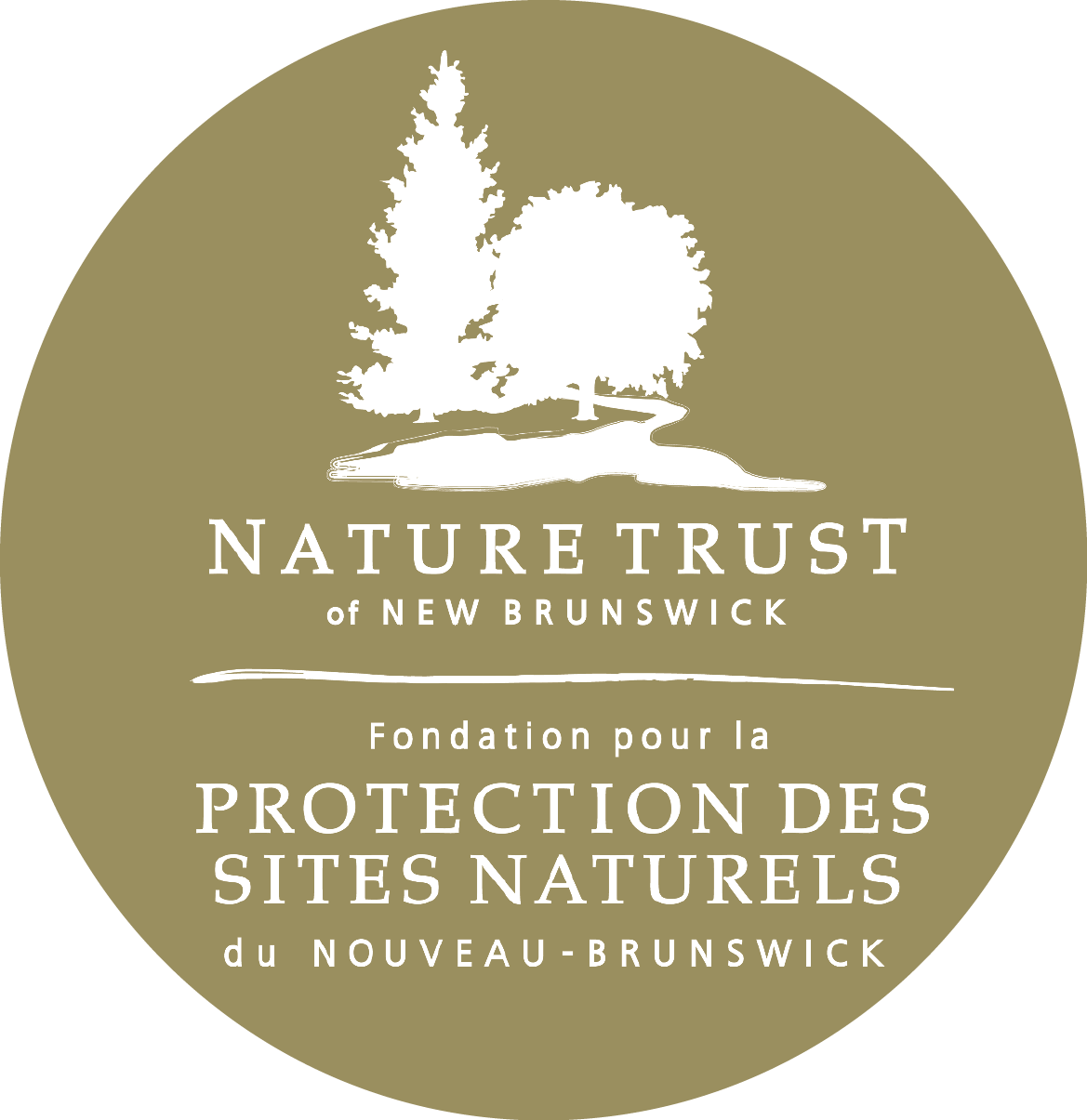Overview
The Disher Conservation Easement consists of 13.6 hectares (33.6 acres) of important coastal habitat located in Bocabec on the Fundy Coast. The property falls within the Whole Quoddy Region Ecologically and Biologically Significant Area (EBSA).
The area is well-known for its exceptional ecology, including rugged coastline, tidal flats, and estuaries where streams and rivers feed into the ocean. These habitats are of high conservation value, as identified by the Habitat Conservation Strategy for the Outer Bay of Fundy.
History
John (Jack) and Anne Disher generously donated Dick’s Island Nature Preserve to the Nature Trust of New Brunswick in 2003. In 2020, the Disher Conservation Easement was donated in their honour. Conservation easements allow families to retain ownership while ensuring the long-term protection of the land and preventing activities that could damage or destroy its ecological integrity.
The Disher Conservation Easement is located within traditional Wabanaki territory. The Nature Trust is proud to protect this significant piece of New Brunswick’s natural heritage in perpetuity.
Ecology
The Disher Conservation Easement is primarily forested, with rocky outcrops and very shallow soils. It also features 700m of shoreline in Mill Cove on the Passamaquoddy Bay. The forested areas of the easement are characterized as spruce mixedwood, dominated by balsam fir (Abies balsamea), red spruce (Picea rubens), and white and yellow birch (Betula papyrifera, Betula alleghaniensis), interspersed with tamarack (Larix laricina), red maple (Acer rubrum), and eastern white cedar (Thuja occidentalis). Other species found on the property include huckleberry (Ericaceae spp.), interrupted fern (Osmunda claytoniana) and reindeer lichen (Cladonia rangiferina).
This property is key to the Nature Trust’s goal of creating a corridor between coastal and upland habitats surrounding the Caughey-Taylor Nature Preserve. Corridors of unfragmented land are essential for connecting diverse habitats, migrating species, and allowing animals to travel safely within the landscape.
The property attracts a variety of wildlife, including moose (Alces alces), coyote (Canis latrans), and black bear (Ursus americanus). It also attracts a mix of inland and coastal birds such as cedar waxwing (Bombycilla cedrorum), double-crested cormorant (Phalacrocorax auritus), northern saw-whet owl (Aegolius acadicus), and osprey (Pandion haliaetus).
Access and Activities
There is no public access to the property. Please contact the Nature Trust office at (506) 457-2398 or steward@ntnb.org for more information about visitation or stewardship opportunities.


